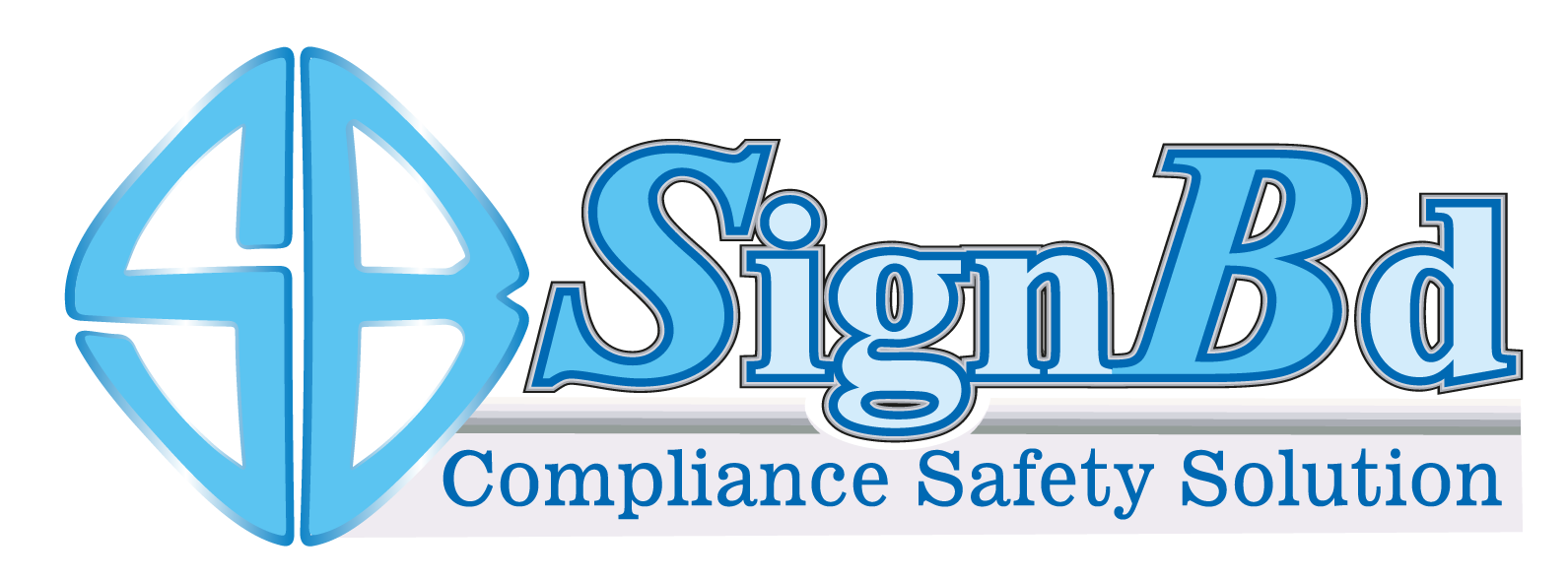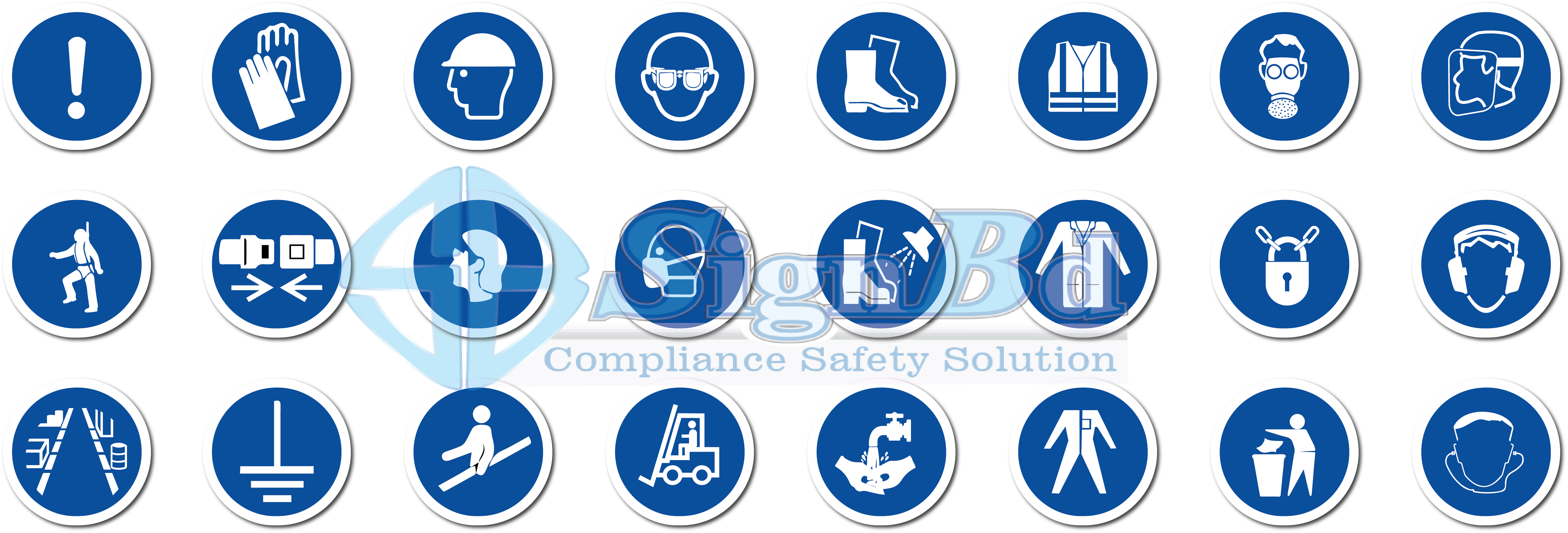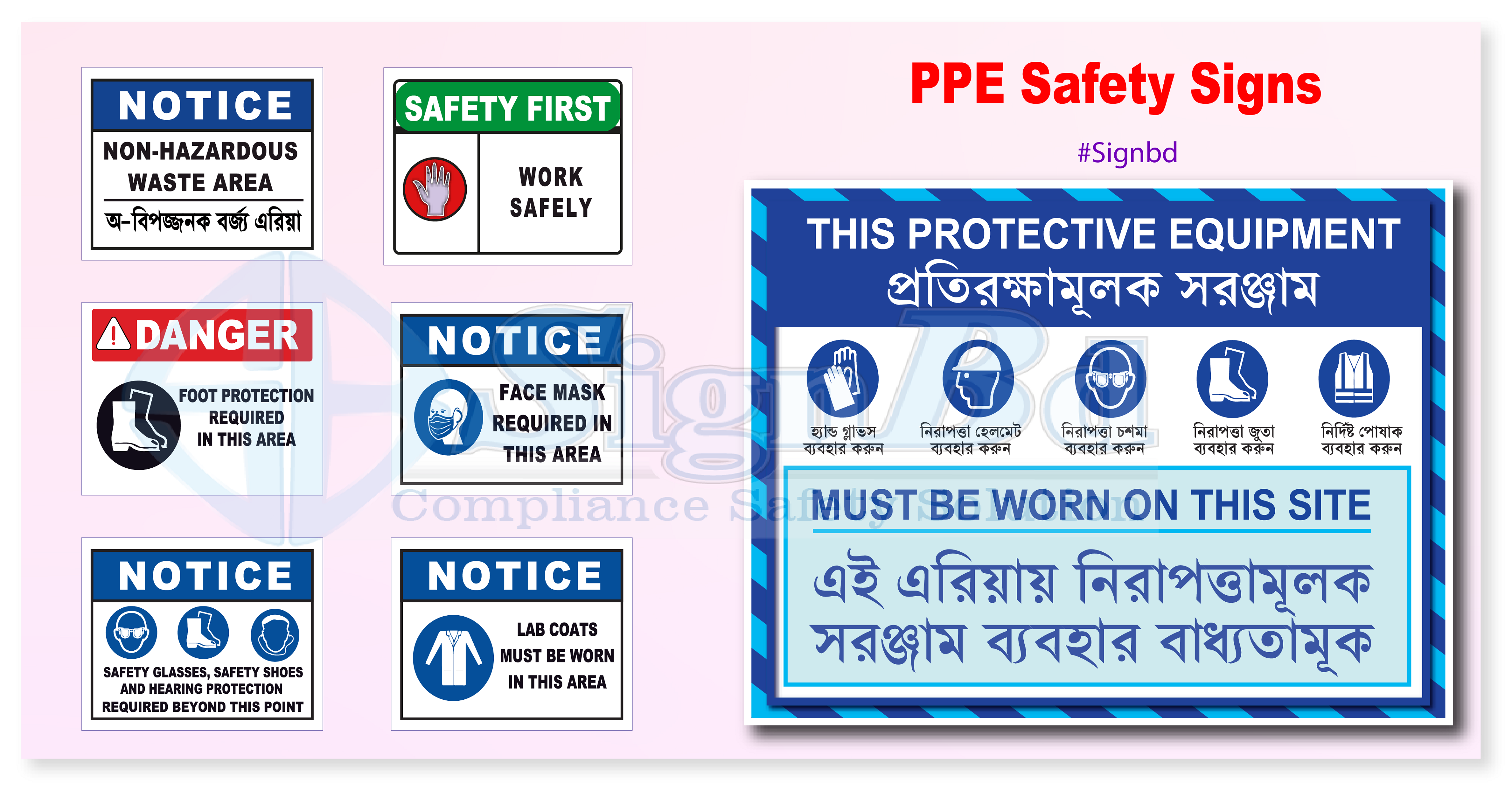+8801600371198
sign_bd@yahoo.com
Account Login
Home>>English and Bengali Buyer Code of Conduct (COC)
All Buyer COCs
Understanding the Critical Role of Buyer Codes of Conduct in Global Industries
Introduction to Buyer Codes of Conduct
In the complex realm of compliance, upholding high ethical standards is indispensable. This article explores the significance of the Buyer Code of Conduct (Buyer COC), a pivotal framework for ensuring integrity in manufacturing and supply chains.
What is a Buyer Code of Conduct (Buyer COC)?
A Buyer Code of Conduct is a detailed set of guidelines that buyers and suppliers must adhere to during the manufacturing process. These guidelines are crafted to ensure that production meets rigorous standards of safety, labor practices, and environmental sustainability. They act as a benchmark for ethical behavior and responsible business practices.
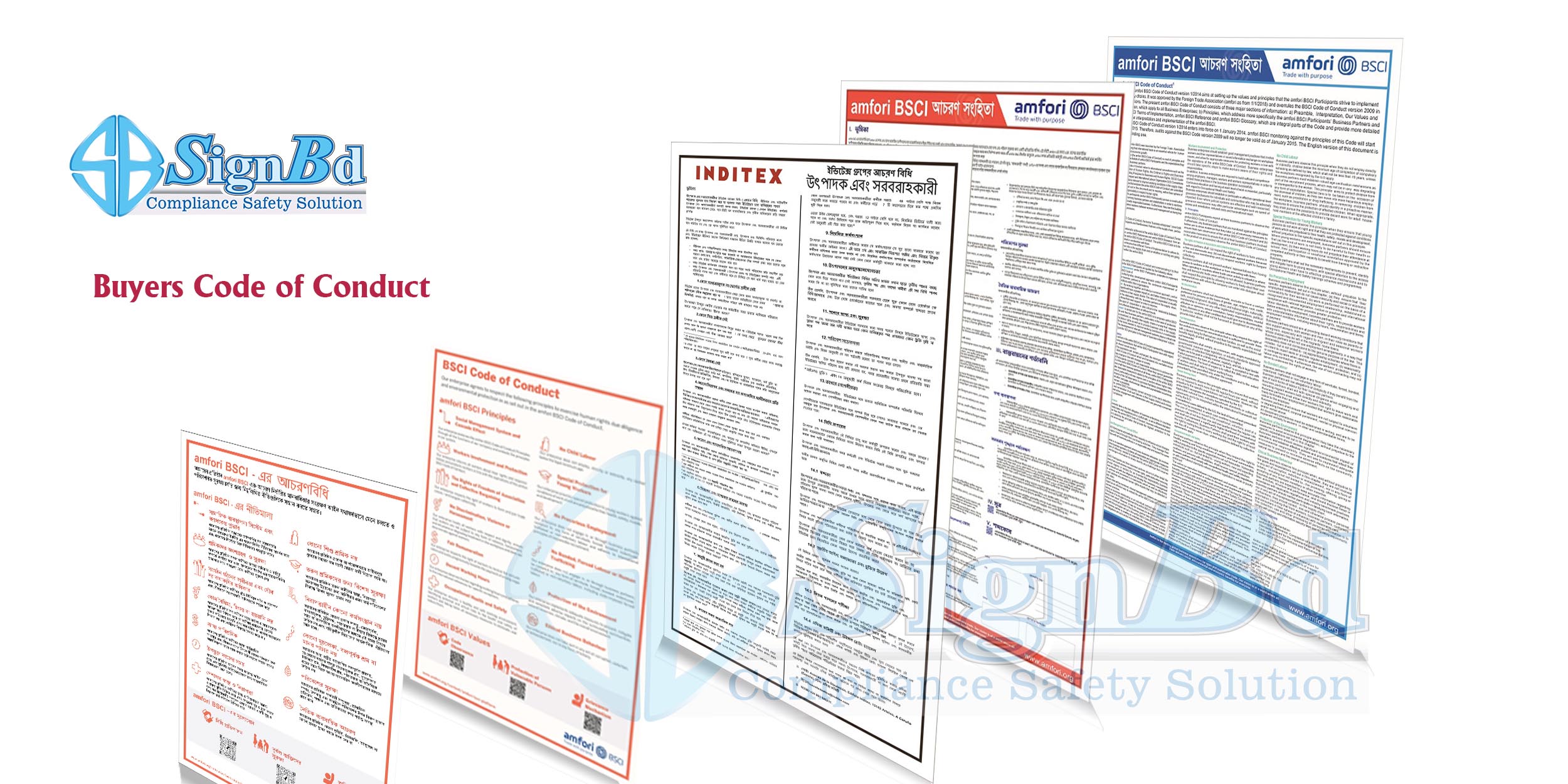
The Importance of Buyer COCs Across Various Industries
Buyer COCs hold paramount importance across a wide array of sectors, including:
- Garment Factories
- Green Factories
- Textile Manufacturing Units
- Shoe Factories
- Pharmaceutical
- Companies
- Washing Factories
- Dyeing and Finishing Facilities
- Tanneries
- Effluent Treatment Plants (ETPs)
These industries produce goods such as clothing, fabrics, textiles, yarns, and footwear, primarily for markets in the United States and Europe. Ensuring compliance with Buyer COCs is crucial for maintaining market access and a solid reputation.
Prominent Buyer Codes of Conduct
Here are some of the most recognized Buyer COCs, each with its distinct focus and standards:
- Amfori BSCI Buyer COC
- Sedex Buyer COC
- ETI Buyer COC
- KIK Buyer COC
- TAKKo Buyer COC
- VF Corporation COC
- Puma Buyer COC
- Nike Buyer COC
- Fanatic Buyer COC
- FLA Buyer COC
- H & M COC
- Inditex Buyer COC
- Show ZONE Buyer COC
- WRAP Buyer COC
- Walmart Buyer COC
Ensuring Compliance and Ethical Practices
In today’s interconnected global marketplace, ensuring compliance with Buyer COCs is both a legal requirement and a moral imperative. These codes cover several critical areas:
Labor Standards
Buyer COCs enforce fair wages, safe working conditions, and the prohibition of child labor. These standards are essential for the well-being of factory workers and for fostering a fair working environment.
Environmental Responsibility
A significant aspect of Buyer COCs is the emphasis on minimizing environmental impact. This includes responsible resource management and waste reduction, which are vital for sustainable production practices.
Ethical Sourcing
Buyer COCs promote ethical sourcing by ensuring that suppliers do not engage in practices that could harm people or the planet. This includes avoiding the use of conflict minerals and ensuring that raw materials are sourced responsibly.
Conclusion
The Buyer Code of Conduct is a fundamental component in various industries, ensuring that ethical and sustainable practices are upheld throughout the supply chain. This article underscores the importance of compliance with Buyer COCs, featuring a range of prominent codes used by leading buyers in the garment, textile, footwear, and related sectors. Adhering to these codes not only meets legal requirements but also solidifies a company’s commitment to ethical standards in the global market. Compliance is not just a necessity; it is the cornerstone of responsible business operations.
Buyer Code of Conduct (COC)
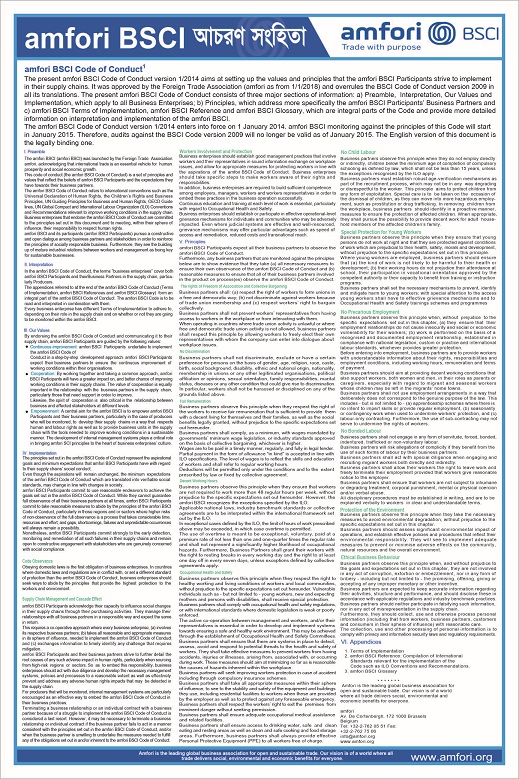
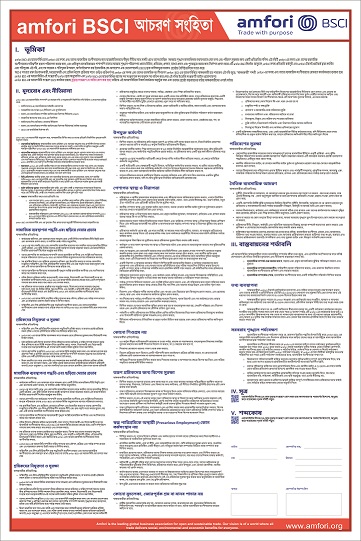
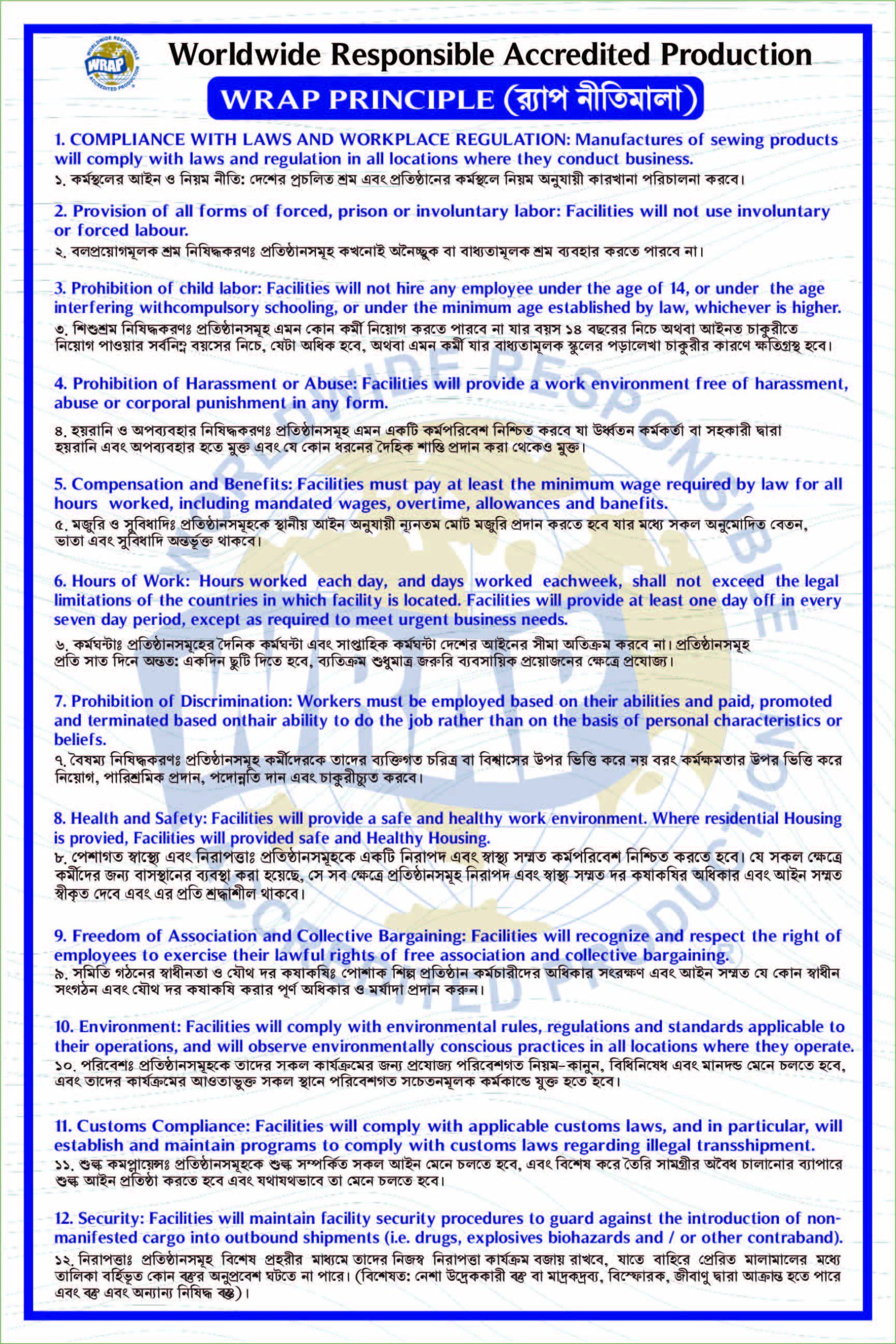
#BuyerCOC #EthicalManufacturing #ComplianceMatters #SustainableProduction #ResponsibleSourcing #WorkerRights #GreenFactory #TextileEthics #GarmentIndustry #SupplyChainEthics #EcoFriendlyPrinting #EthicalBusiness #GlobalCompliance #FairLabor #EnvironmentalResponsibility #FactorySafety #COCStandards #SustainabilityInBusiness #IndustryEthics #BuyerEthics

OSHA Safety Signs
OSHA Safety Signs: A Comprehensive Guide to Ensuring Workplace Safety
Understanding the critical role of OSHA safety signs in the workplace is essential. These signs fall into four main categories: Danger, Warning, Caution, and Notification. Each serves a unique purpose in addressing varying levels of risk. Why are OSHA standards vital for safeguarding employees and workers?
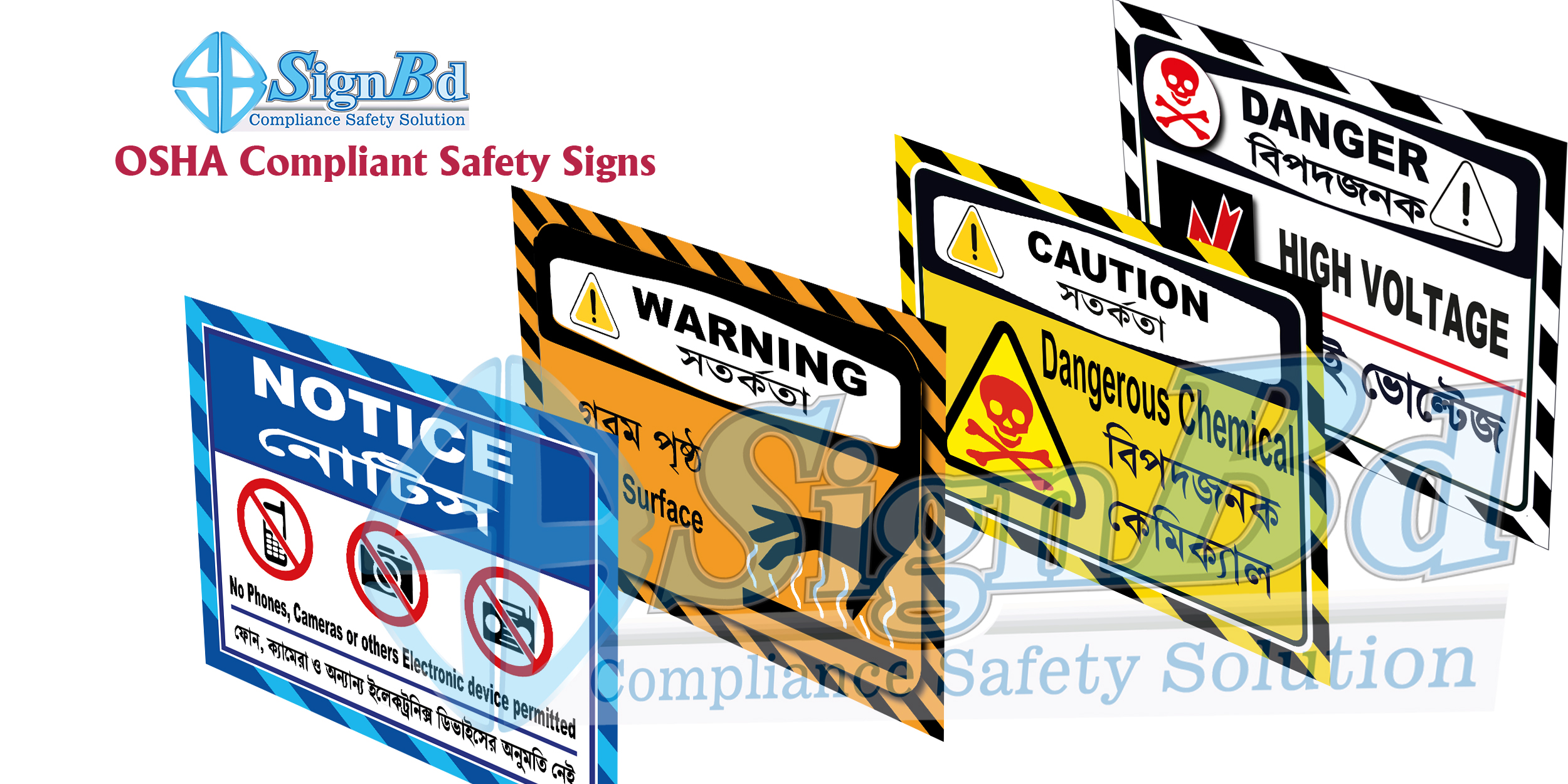

ANSI Safety Sign
Understanding and Implementing ANSI Safety Sign Standards
The American National Standards Institute (ANSI) sets the benchmark for safety and accident prevention through comprehensive guidelines, particularly ANSI Z535.4-2011 (R2017). These guidelines are crucial for creating effective safety signs and labels across various industries. Whether it’s a label or a sign, the primary goal is to convey critical safety information to comply with ANSI standards. Let’s delve into the importance of adhering to ANSI safety sign standards.
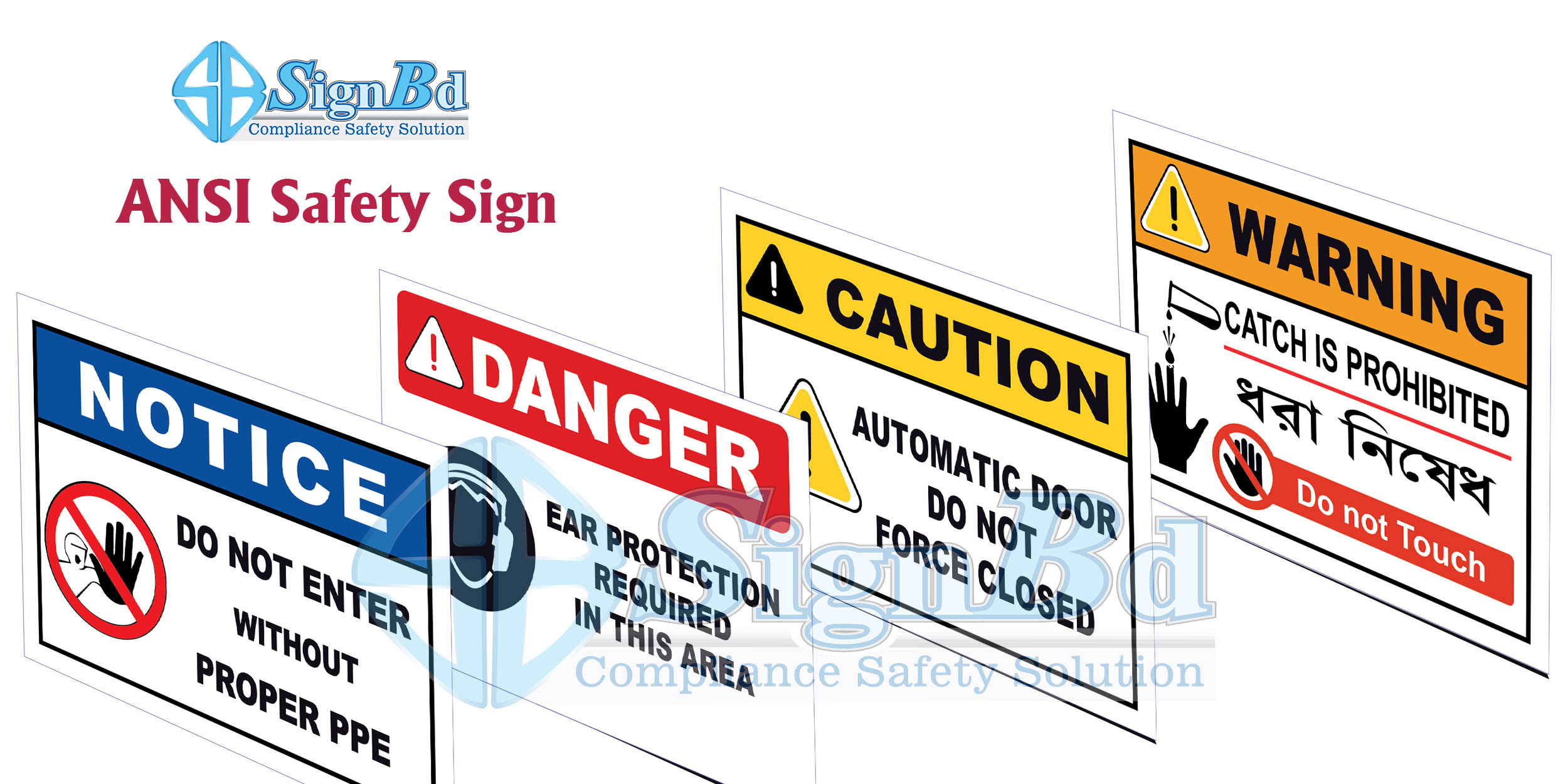

ISO Safety Signs
Enhancing Workplace Safety with ISO Safety Signs
In the modern workplace, safety is of utmost importance. One of the key elements in maintaining a safe environment is the use of ISO safety signs. These signs, governed by the ISO 7010 standard, are crucial for effective safety communication. They play a significant role in preventing accidents, ensuring fire safety, communicating health hazards, and facilitating emergency evacuations.

PPE Safety Sign
The Importance of PPE Safety Signs in the Workplace
What is PPE?
Personal Protective Equipment (PPE) refers to specialized clothing and equipment designed to shield the wearer from injury or infection. This includes items like protective clothing, helmets, gloves, goggles, and boots. PPE is crucial in various workplaces to protect workers from potential hazards such as chemical, radiological, physical, electrical, and mechanical dangers. Ensuring the use of PPE significantly reduces the risk of serious injuries and illnesses in the workplace.

OSHA Safety Signs
OSHA Safety Signs: A Comprehensive Guide to Ensuring Workplace Safety
Understanding the critical role of OSHA safety signs in the workplace is essential. These signs fall into four main categories: Danger, Warning, Caution, and Notification. Each serves a unique purpose in addressing varying levels of risk. Why are OSHA standards vital for safeguarding employees and workers?


ANSI Safety Sign
Understanding and Implementing ANSI Safety Sign Standards
The American National Standards Institute (ANSI) sets the benchmark for safety and accident prevention through comprehensive guidelines, particularly ANSI Z535.4-2011 (R2017). These guidelines are crucial for creating effective safety signs and labels across various industries. Whether it’s a label or a sign, the primary goal is to convey critical safety information to comply with ANSI standards. Let’s delve into the importance of adhering to ANSI safety sign standards.


ISO Safety Signs
Enhancing Workplace Safety with ISO Safety Signs
In the modern workplace, safety is of utmost importance. One of the key elements in maintaining a safe environment is the use of ISO safety signs. These signs, governed by the ISO 7010 standard, are crucial for effective safety communication. They play a significant role in preventing accidents, ensuring fire safety, communicating health hazards, and facilitating emergency evacuations.

PPE Safety Sign
The Importance of PPE Safety Signs in the Workplace
What is PPE?
Personal Protective Equipment (PPE) refers to specialized clothing and equipment designed to shield the wearer from injury or infection. This includes items like protective clothing, helmets, gloves, goggles, and boots. PPE is crucial in various workplaces to protect workers from potential hazards such as chemical, radiological, physical, electrical, and mechanical dangers. Ensuring the use of PPE significantly reduces the risk of serious injuries and illnesses in the workplace.
Gate in Touch:
Copyright © 2006 | Powered by signbd
